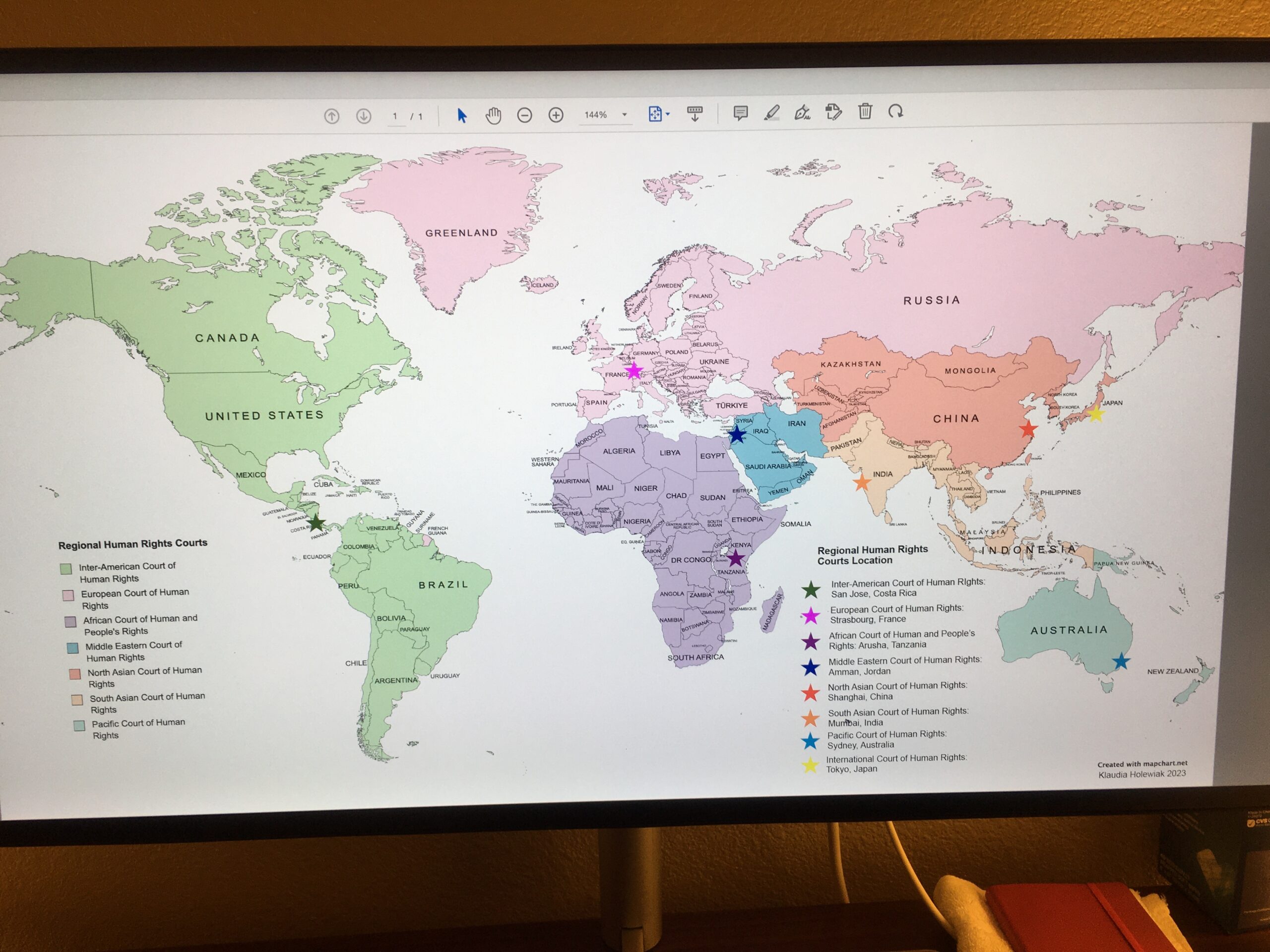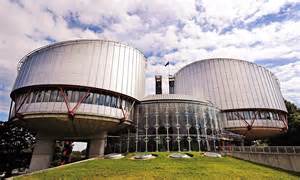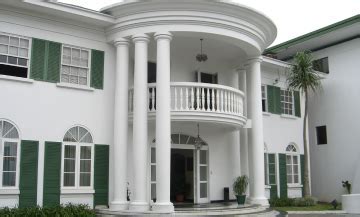As part of drafting an International Bill of Rights, Unite is uniting people, nonprofits, businesses, and governments to design and build an international judicial architecture for enforceable environmental and human rights.
Now as you read this, you may think it sounds like such an overwhelming task that you wonder how you can participate as a person, nonprofit, business, or even a government. The answer is, you can, even if you only spend one minute to become a light on the spinning globe with others – and it may be one of the most powerful things that you do in your personal life, or the life of your nonprofit, business, or government.
You see, there are some things, like a painting perhaps, that may be best done by one person. If Picasso were painting, it probably would not have been a good idea to say “hey Pablo, how about a little bit more green over there.” One, most likely, Picasso would have ignored you, and, two, if he had followed your advice it may be that some of the genius of the painting would have been lost.
Not so with the design of an international judicial architecture to enforce an International Bill of Rights. Such an architecture covers a vast array of humanity, and all other living creatures on the land, sea – all parts of Earth. Only a vast array of input can design an international judicial architecture, including input from a broad, diverse range of people, nonprofits, businesses, and governments from all corners of Earth.
The exciting thing is that at this moment in history, we have the technological means to engage in such a vast collaboration. We can unite in genuine ways, more comprehensively and inclusively, than ever before.
With this broad design, Unite for Rights facilitates the building of a tapestry of courts in all countries: domestic, regional and international so that rights are not claims made as aspirations, but are genuinely enforceable in courts, with orders from Judges that can be issued to strengthen our social contract with those who govern, and with one another.
A core part of this tapestry already exists: the Regional Courts, with Judges from numerous countries who today hear cases that cover more than 50% of the population on Earth.
It was understood when the UDHR was created that there would need to be Regional Courts to enforce rights, and the European Court of Human Rights is a prime example. As John Humphrey, the Canadian professor who did much of the research for the UDHR has written, “if the international community ever becomes really serious about human rights, the European example will be applied on the universal scale.”

This map shows how that can happen.CLICK BELOW TO SEE AN ENLARGEMENT OF THIS MAP!
2023 Jan 4 Map of Regional Courts
You can see the European Court of Human Rights on the Map. It was the first and now hears cases with Judges from 47 countries who review cases from the domestic courts of those 47 countries. Here is a picture of the European Court of Human Rights There is also a Regional Court for Africa, the African Court on Human and People’s Rights and here is a picture of it.
There is also a Regional Court for Africa, the African Court on Human and People’s Rights and here is a picture of it. And the Inter-American Court of Human Rights, which includes North, Central and South America. Here is a picture of it.
And the Inter-American Court of Human Rights, which includes North, Central and South America. Here is a picture of it.
While these three courts are a dramatic success toward an international judicial architecture, as you can see from the photos, there is also a dramatic difference in the funding and administrative ability of the African and Inter-American Courts compared with the European Court. One of the primary efforts of Unite for Rights is to convince international philanthropic foundations and individuals to provide 50 million Euros to each of the African and Inter-American Courts to remodel them and bring them up to the standards of the European Court. Courts are being designed for other regions and they should be supported with funding and technical expertise as well.
An International Bill of Rights, along with Regional Human Rights Courts, and an International Court of Human Rights that would infrequently hear cases from the Regional Courts, could help to harmonize the Regional Courts, and leave room for cultural variation through a “margin of appreciation”, a judicial process by which each country and region may have some difference, but the core fundamental rights in an International Bill of Rights are upheld.
When Eleanor Roosevelt was the Chair of the Human Rights Commission drafting an International Bill of Rights, she asked Gandhi to determine whether freedom of religion was a human right that should be included in the UDHR. Gandhi studied the question and decided freedom of religion should be included. He wrote to Eleanor “I thought that the deeper I went, the more disparity I would find. Instead, I found that the deeper I went the more there was in common”
Using Gandhi’s insight, Unite for Rights unites people, nonprofits, businesses, and governments together in a spirit of openness, as part of an international movement, to see what rights we agree we have in common. Our unique abilities to read and write enable us to do this, particularly when the Internet and other technologies available today provide for the opportunity for us to “draft through dialogue” on a global scale. As former Russian leader, Mikhail Gorbachev wrote: “We should search for what is common to, and unites people and nations, rather than what divides them.” This is the spirit of Unite for Rights. Thank you for reading this blog, and we hope you will join us on Unite’s spinning globe so that you too will be a “Uniter.”


Leave a Reply